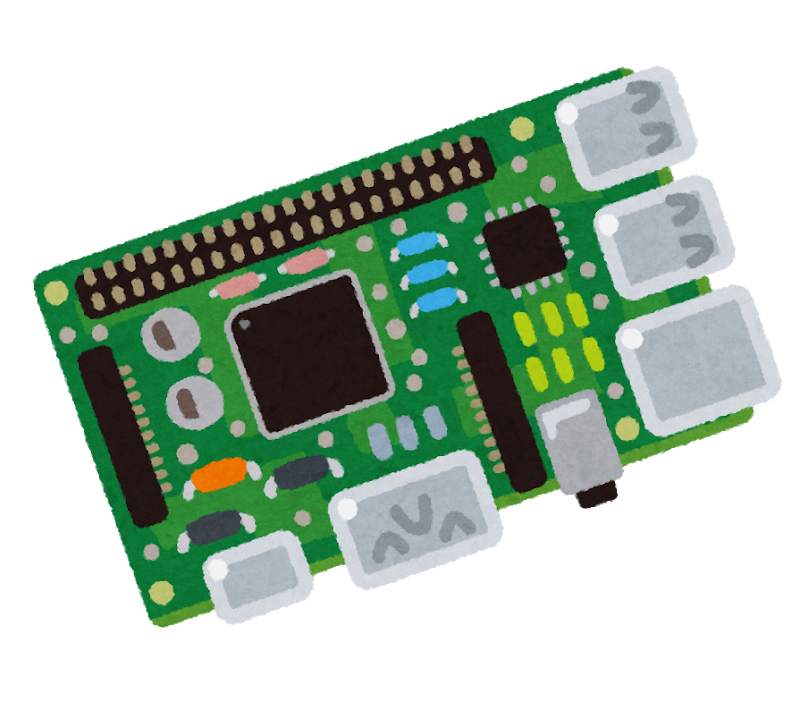

Relays can be used for anything, and a car contains a fair number.
You can make a pulse jet engine from a muffler parts, but a solarpunk society would probably not do that. :)
Copper brake pipe and cooling radiators can be used as heat exchangers for other stuff.
Air conditioner parts can be reverse-used for Stirling engines or to pump heat in other contexts.









Relays: my use for truck relays is switching on heaters in my thermal storage water tank. Not big ones, though - I use relays rated for 24V and 40A of current. Since they are old, I have applied a safety margin and only let 25 A flow through them, so each of them handles 24 x 25 = 600 W.
As for using DC appliances: benefits do exist. If a household has a low voltage DC battery bank (some do, some don’t) then dropping the battery voltage a few times to power car parts comes with a smaller efficiency loss. In my household, DC appliances are used for lighting, communications, computing, cooling food, pumping water and soldering electronics. The rest goes via AC. I think a car air conditioner could cool some small storage room decently. With big living rooms, it would have difficulty since it’s a small device.